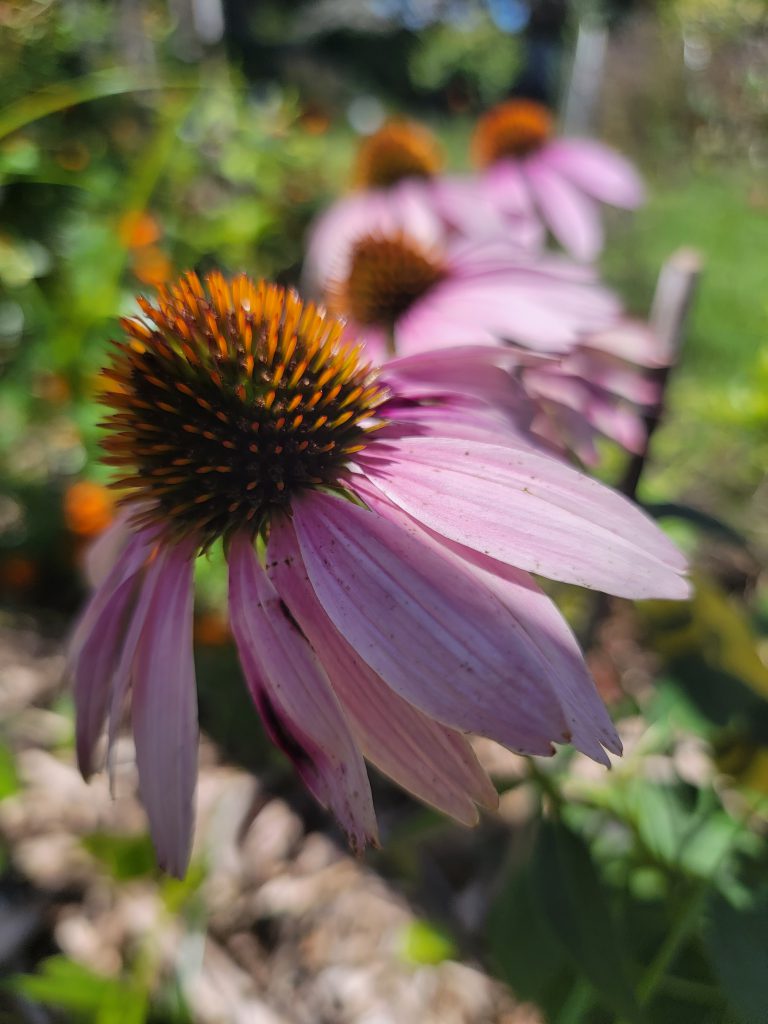The year is starting to close out and fall is the perfect season to transform a small part of your parcel into wildflowers. It is a concept thrown around quite a bit, and there are numerous reasons to do so. Not only will you provide great resources to our native and introduced pollinator species, but you’ll also create a habitat for predatory and parasitoid insects. These are nature’s hunters who specialize in keeping the herbivorous pest insect species in your landscape in check and can reduce the amount you spend on insecticides throughout the year. There are some tricks to planting and establishing these plantings, but with a little planning, you’ll be well on your way.
Choose your flowers
The first order of business is to select the plants you’d like to grow. The goal should be to have multiple plants in flower simultaneously and spread out through the year as best you can. Use those long-lasting flowers as a mainstay in your garden. These include black-eyed Susan (Rudbeckia hirta), blanket flower (Gaillardia pulchella), and coneflower (Echinacea spp.). Their extended blooms bring color to your landscape for much of, but not the entire year. Winter can be particularly tricky for flowering plants. The cold and shorter days limit your choices. Fortunately, Florida means the “land of flowers” for a reason. Some of our mid-winter bloomers include blue phlox (Phlox divaricate) and lyreleaf sage (Salvia lyrata).

Pick the Site
Once you’ve thought about the plants you’d like to see in your wildflower bed, you must pick the site. Full sun in an area that is not regularly disturbed and is well-drained is best for wildflowers. Full sun allows the flowers to develop more efficiently and thus have better resources available for pollinators. That much light will also enable the bees to begin their work earlier in the day. You’ll need to disturb the soil initially, but it’s a practice you’ll want to avoid in subsequent years. Many pollinators, particularly bees, are solitary and nest in the ground. Leaving the ground intact provides better nesting and another level of support.
Once you’ve selected where you would like your planting, the site must be prepared for planting. Essentially, this involves the removal of grasses and other plant material, which will suck up the resources better suited for your wildflowers. There are numerous ways to accomplish this task, and how you choose to will depend on your philosophy on gardening.

Time to Plant
Now that you’re down to bare soil, it’s time to plant. A no-till drill is a wonderful tool for this with no soil disturbance. They are also quite expensive and require a tractor to pull them, so they’re impractical for the average homeowner. The best option is to broadcast seeds with a drop or handheld spreader in the home landscape. Before loading the equipment, make sure to mix larger and smaller seeds to help with even distribution. If you only have light seed, mix in a bulking agent such as sand to ensure even distribution. Run over the area with a yard roller to push the seed into your soil. Planting in the fall should ensure there is enough rain to aid seed germination, but supplemental irrigation may be needed early in the growth cycle.
Wildflower gardens make a wonderful addition to your landscape and once established an easy way to add year-round color. For more information, see this Ask IFAS document, or contact your local extension agent for additional information on this and any topic regarding your gardens and more.
- Consider Chestnuts for Your Landscape - December 26, 2025
- Cold Protection for North Florida - November 6, 2025
- Planning and Planting for Wildlife - October 10, 2025
